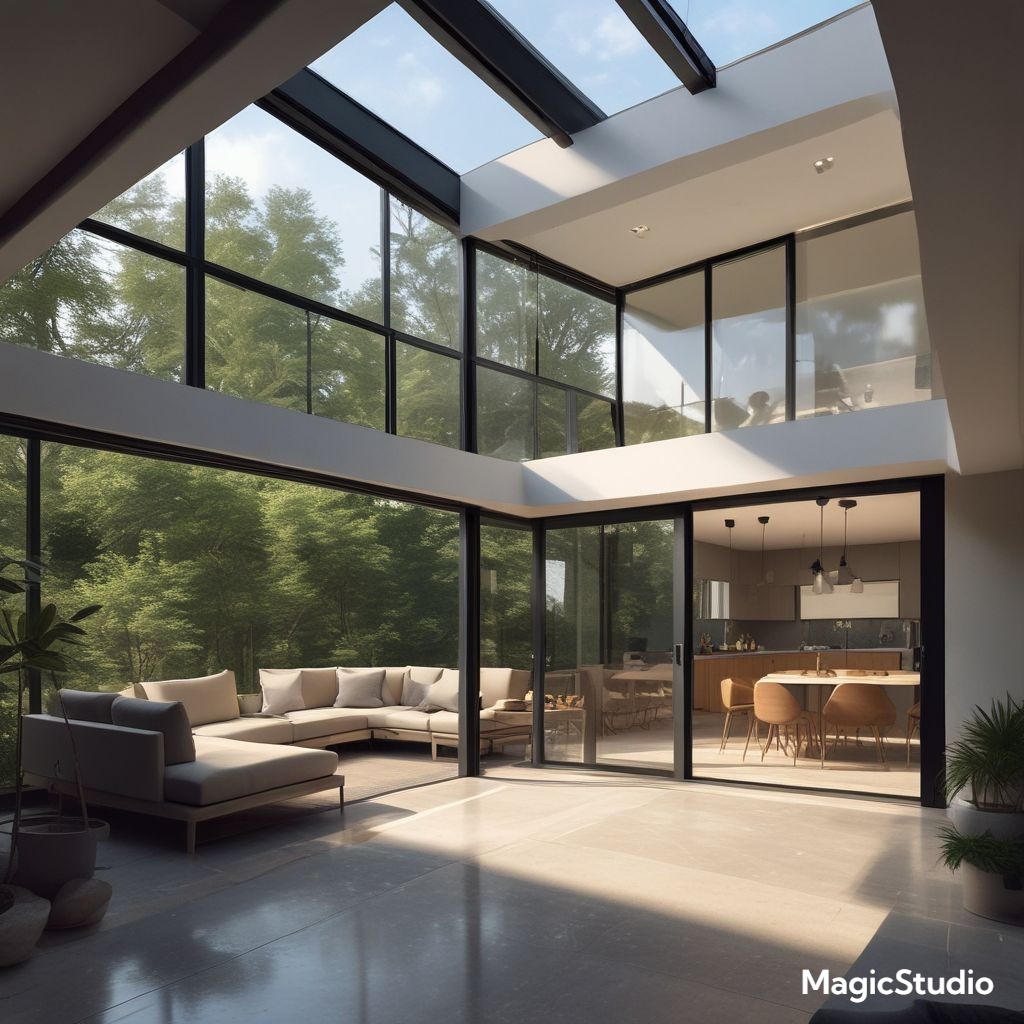Building a new home is an exciting endeavor, and when it comes to 2-bedroom, 2-bathroom houses, the possibilities are endless. Modern and minimalist aesthetics have taken center stage in recent years, offering a clean, uncluttered look that’s both timeless and trendy. This article delves into 33 design ideas that capture the essence of open floor plans and minimalist style, offering inspiration for your dream home.
Seamless Transitions: The Open Concept Living
The hallmark of modern minimalism is an open floor plan. This design strategy seamlessly blends the living, dining, and kitchen areas, creating a sense of spaciousness and flow. The key is to maintain visual continuity, often achieved through consistent flooring materials, neutral color palettes, and strategically placed furniture. In the US, the popularity of open concepts has driven a trend towards larger kitchen islands, which serve as both a gathering spot and a functional work surface. In the EU, the emphasis is often on integrating the kitchen with the living area, blurring the lines between cooking and socializing.
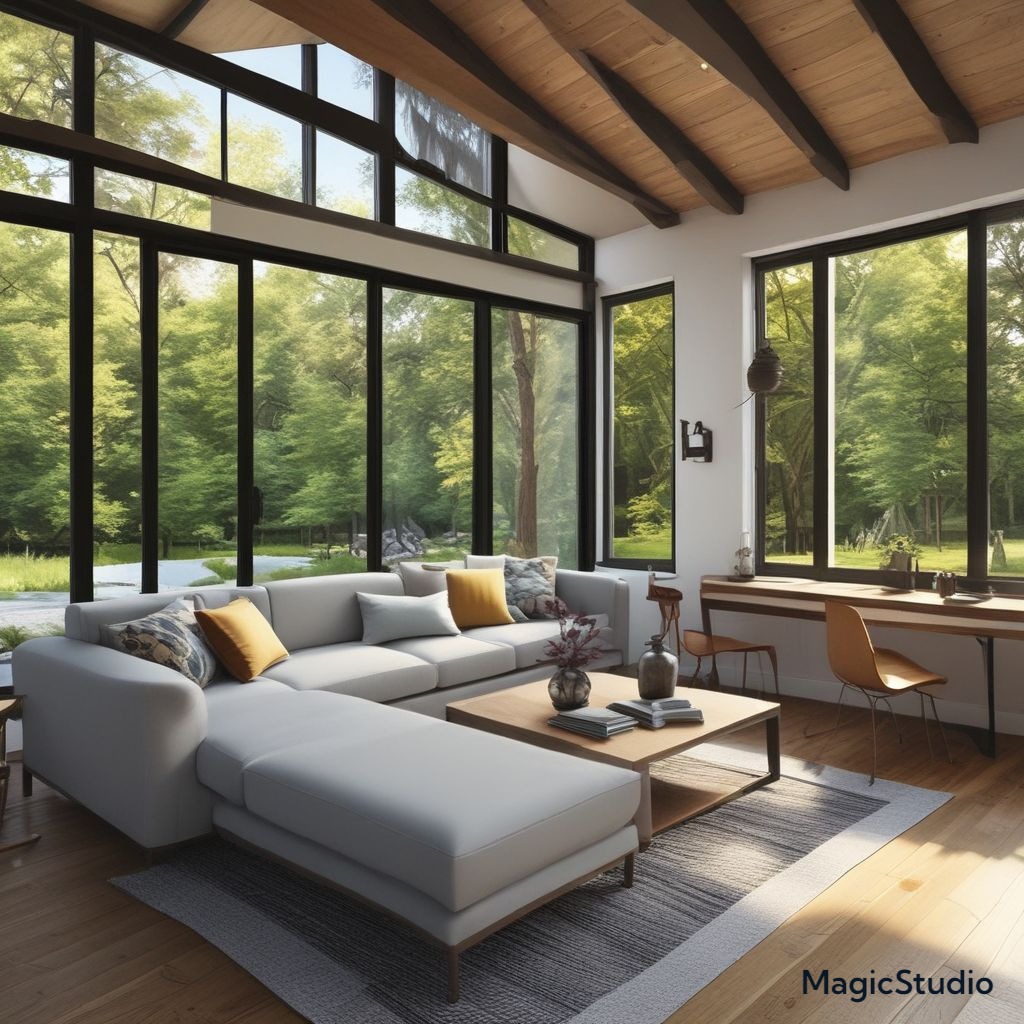
Monochromatic Magic: A Symphony of Greys
Neutral palettes are the backbone of minimalist design, and grey reigns supreme. From soft, smoky tones to bolder charcoal shades, grey offers a versatile backdrop for pops of color and textures. In the US, the trend leans towards warm greys, creating a cozy ambiance. EU design often favors cooler greys, reflecting a more modern and minimalist aesthetic. Complementing grey with natural materials like wood or stone adds warmth and depth, while strategically placed black accents provide a touch of sophistication.
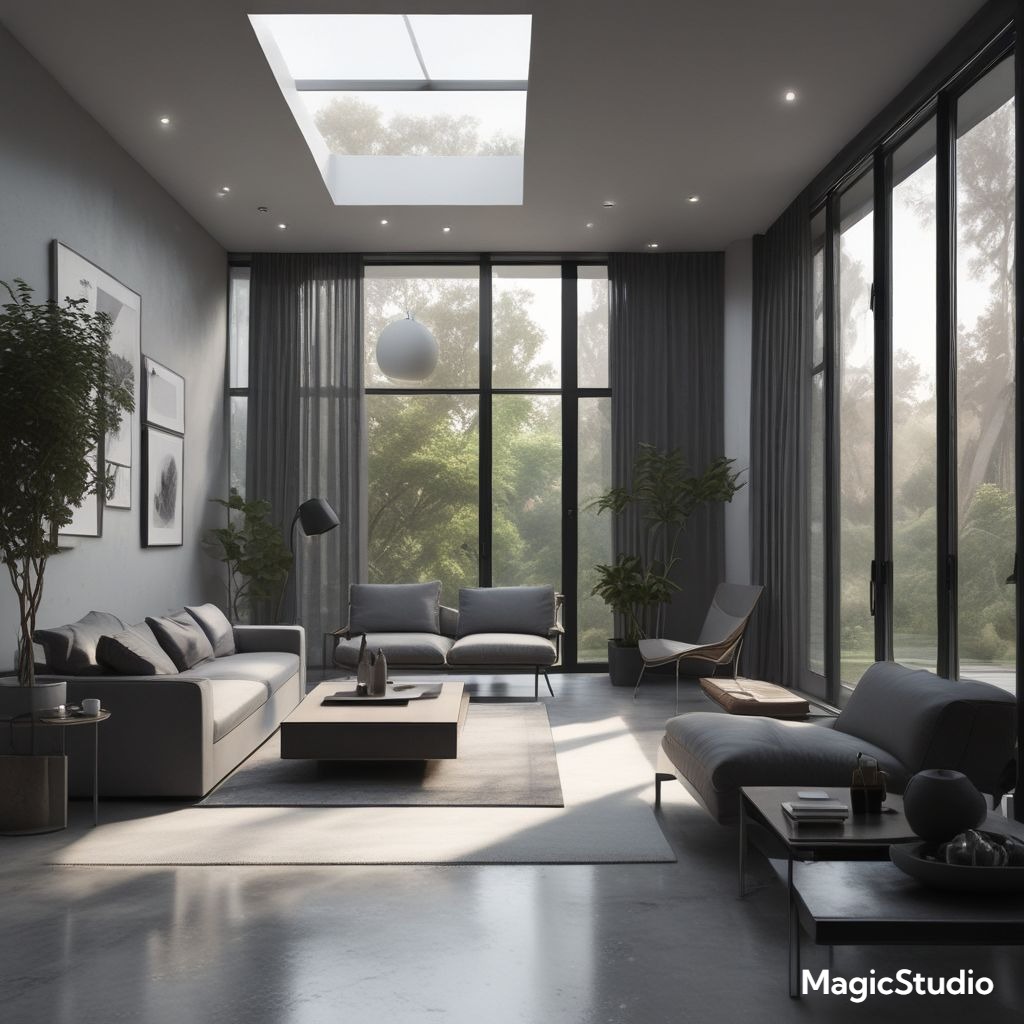
Earthy Elegance: The Power of Natural Tones
Embrace the beauty of nature with earthy tones. Warm browns, soft greens, and rich terracottas bring a sense of serenity and grounding to the space. The natural textures of wood, stone, and linen add depth and dimension. This palette complements both contemporary and traditional styles, making it a versatile choice for minimalist homes. In the US, earthy palettes often incorporate natural materials like reclaimed wood and sustainable finishes. In the EU, the emphasis is often on creating a connection to nature with biophilic design elements, like indoor plants and natural light.
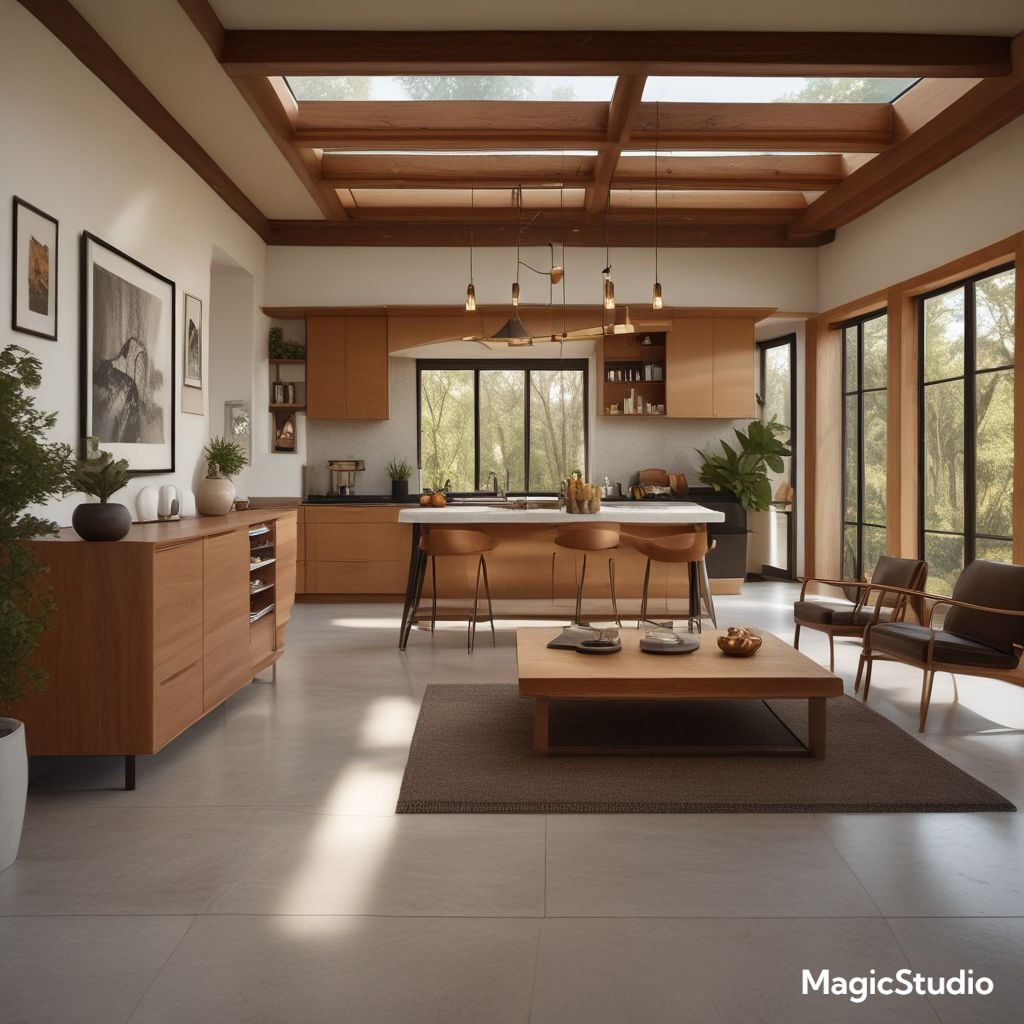
The Art of Light: Natural and Artificial Illumination
Maximizing natural light is a key aspect of minimalist design. Large windows and skylights flood the space with sunshine, creating a bright and airy atmosphere. Artificial lighting plays a crucial role in enhancing the mood and functionality of each space. Consider using track lighting for focused task areas, pendant lights over dining tables, and recessed lighting for general ambiance. In both the US and EU, the emphasis is on using energy-efficient lighting solutions to minimize environmental impact.
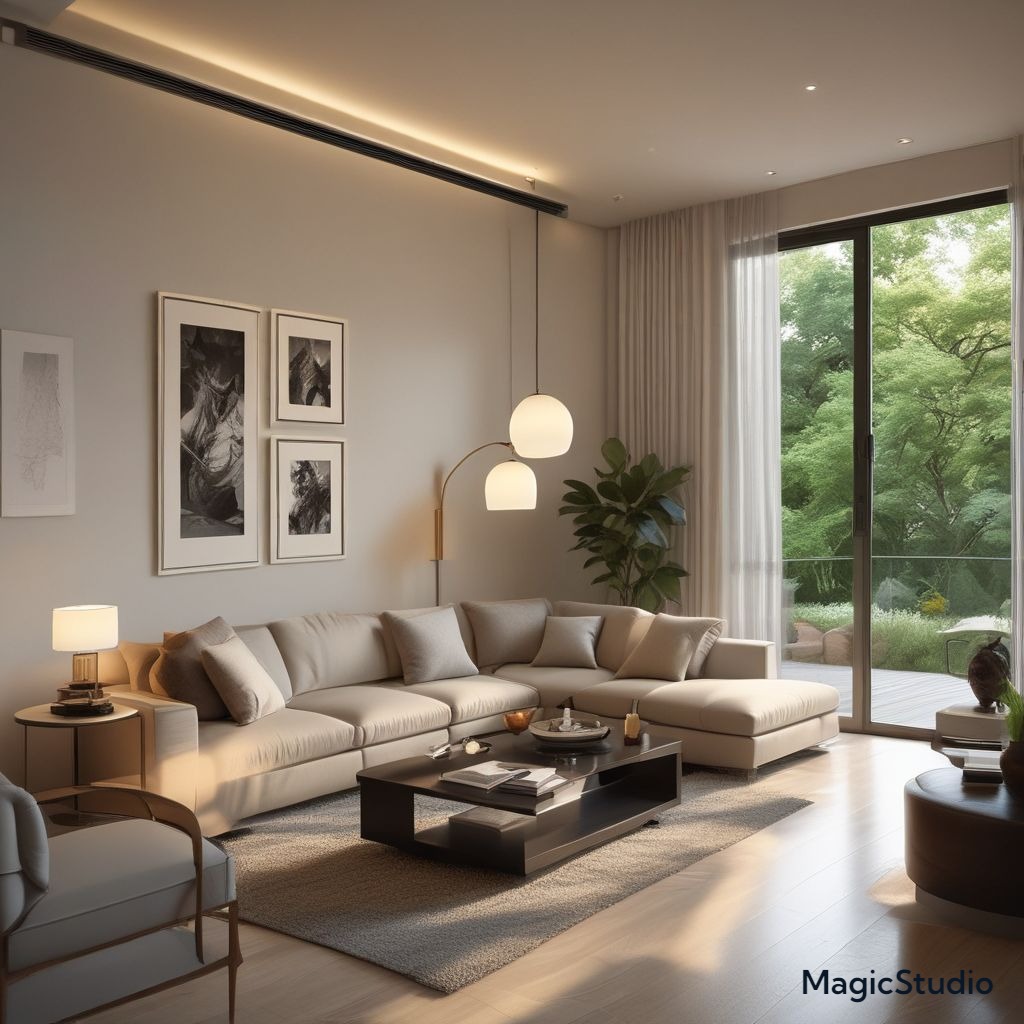
Minimalist Kitchen: Form and Function in Harmony
The modern minimalist kitchen is a symphony of form and function. Clean lines, sleek surfaces, and integrated appliances create a streamlined and efficient workspace. Open shelving and minimalist cabinetry keep clutter at bay, while strategically placed accents, such as a statement backsplash or a colorful rug, add pops of personality. The US trend favors stainless steel appliances and a focus on functionality. In the EU, the emphasis is often on integrated appliances, creating a seamless and minimalist look.
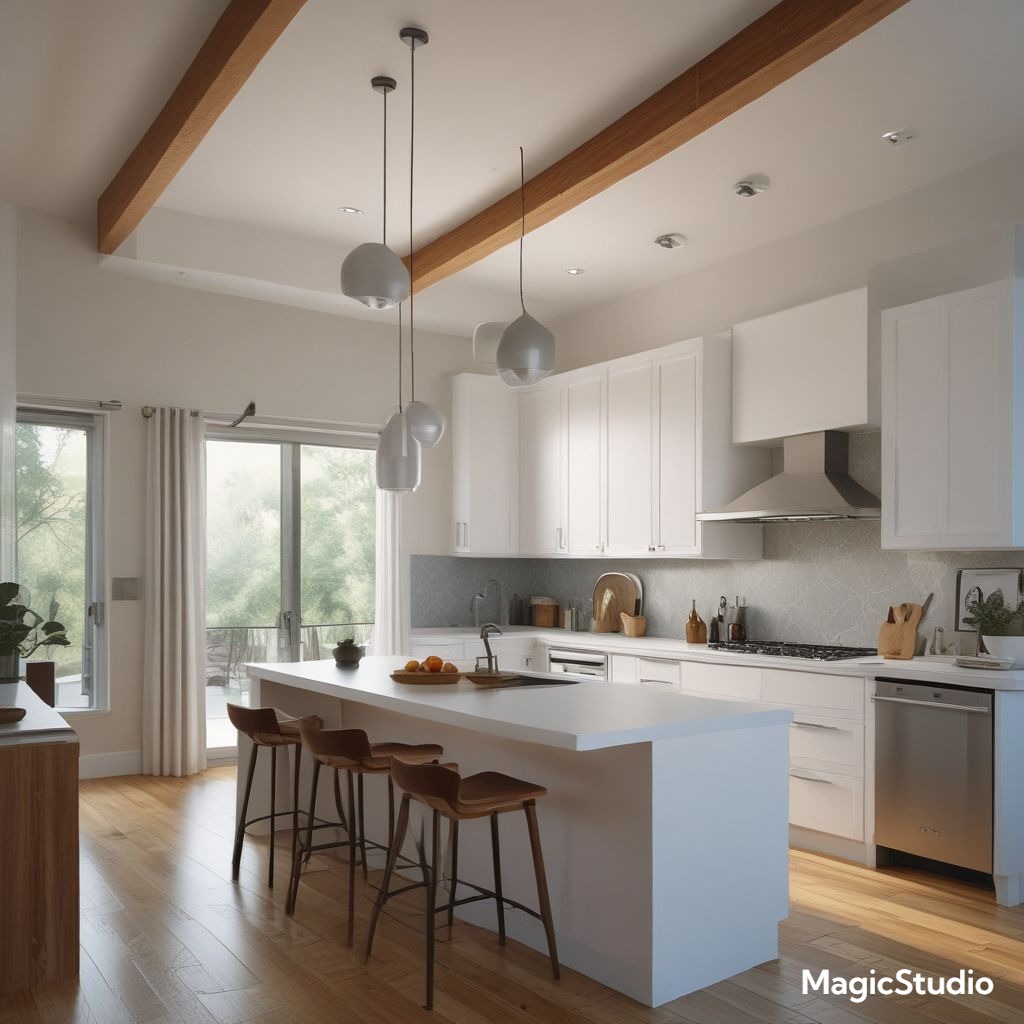
The Zen of Minimalism: Creating Tranquility in the Bedroom
The bedroom should be a sanctuary of peace and tranquility. Minimalist design principles translate seamlessly into this space. A neutral color palette, soft textures, and a streamlined furniture selection create a soothing atmosphere. In the US, minimalist bedrooms often feature platform beds and minimal decor, while in the EU, the trend leans towards a more curated approach, incorporating art and decorative accents. Remember to prioritize comfort with high-quality bedding and soft lighting.
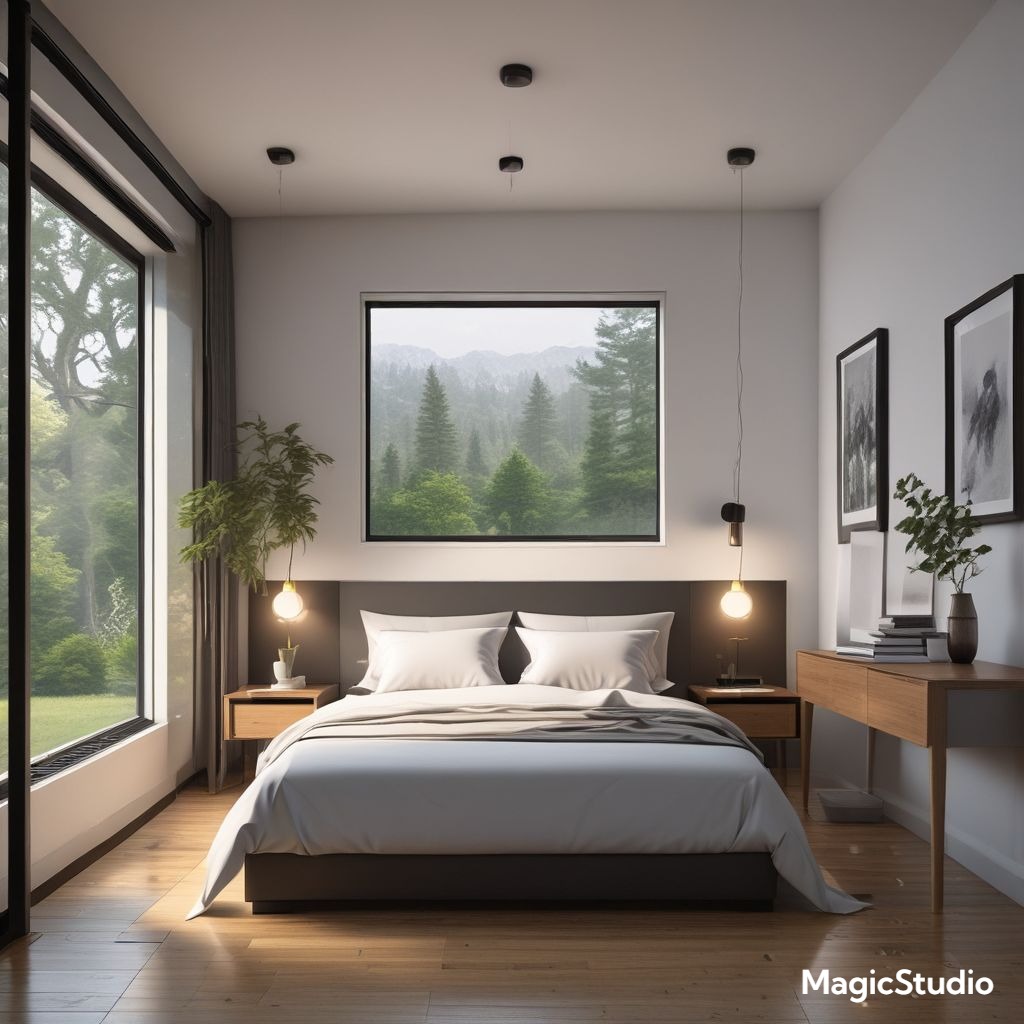
The Power of Contrast: Black and White Harmony
Black and white is a classic minimalist pairing that creates a timeless and sophisticated atmosphere. The stark contrast between the two colors adds visual drama, while the clean lines and simplicity of the design ensure that the space feels uncluttered. In the US, black and white schemes are often used to create a bold and modern statement. In the EU, the focus is often on using black and white to create a sense of balance and serenity.
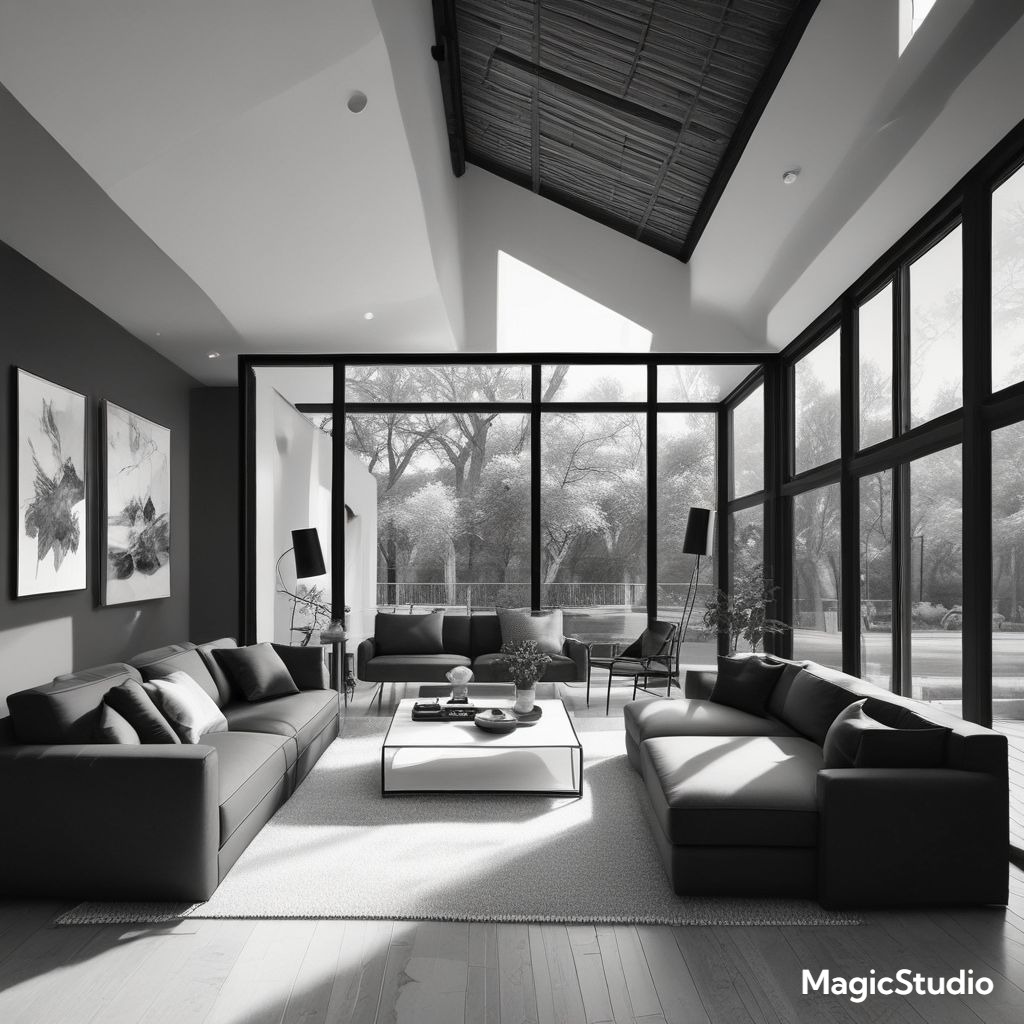
Sculptural Simplicity: The Art of Geometric Shapes
Geometric shapes are a defining feature of modern minimalist design. Think clean lines, angular forms, and geometric patterns. These elements bring a sense of order and structure to the space, while also adding visual interest. In the US, geometric patterns are often used in textiles and accessories. In the EU, the focus is often on incorporating geometric shapes in furniture and architectural elements.
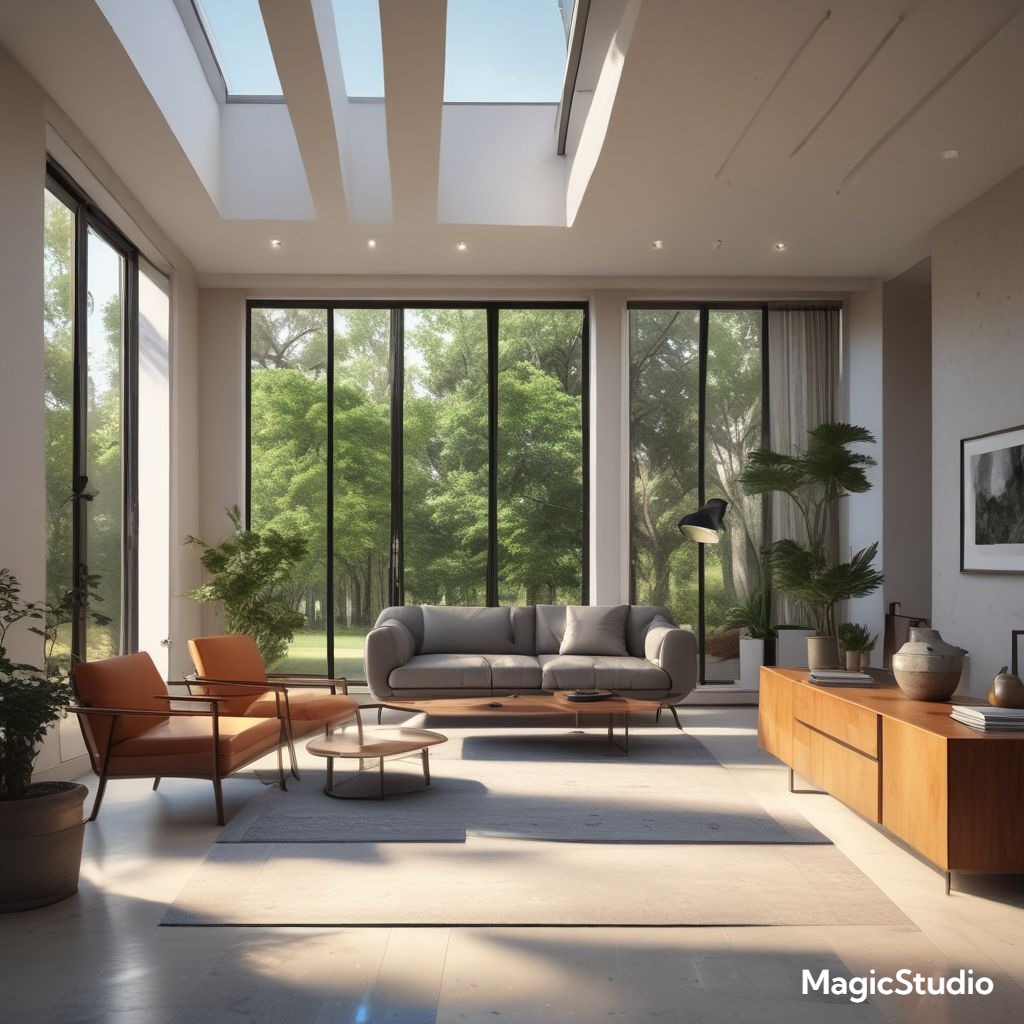
Natural Textures: A Touch of Warmth and Tactility
While minimalism embraces clean lines and simplicity, it doesn’t shy away from incorporating natural textures. Wood, stone, linen, and leather add warmth, depth, and tactility to the space. These materials create a connection to nature, grounding the minimalist aesthetic and making the space feel more inviting. In both the US and EU, the use of natural materials is becoming increasingly popular as homeowners prioritize sustainability and eco-friendly choices.
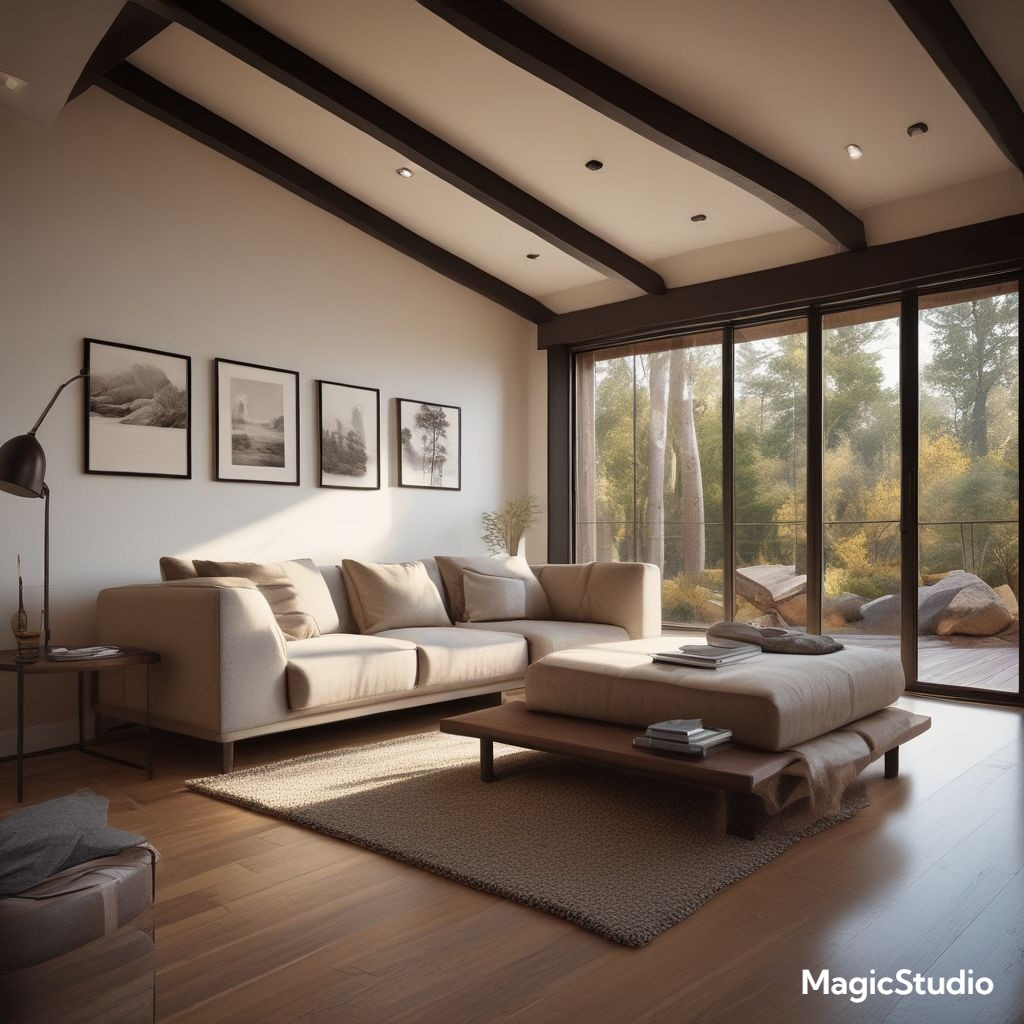
The Art of Accents: Pops of Color and Personality
While minimalist design relies on neutral palettes, it doesn’t mean the space has to be devoid of color. Strategic pops of color can add personality and vibrancy. A bold rug, colorful artwork, or a vibrant throw pillow can inject a burst of energy into the space. In the US, bold accents are often used to create a focal point, while in the EU, the emphasis is often on using softer hues and muted tones.
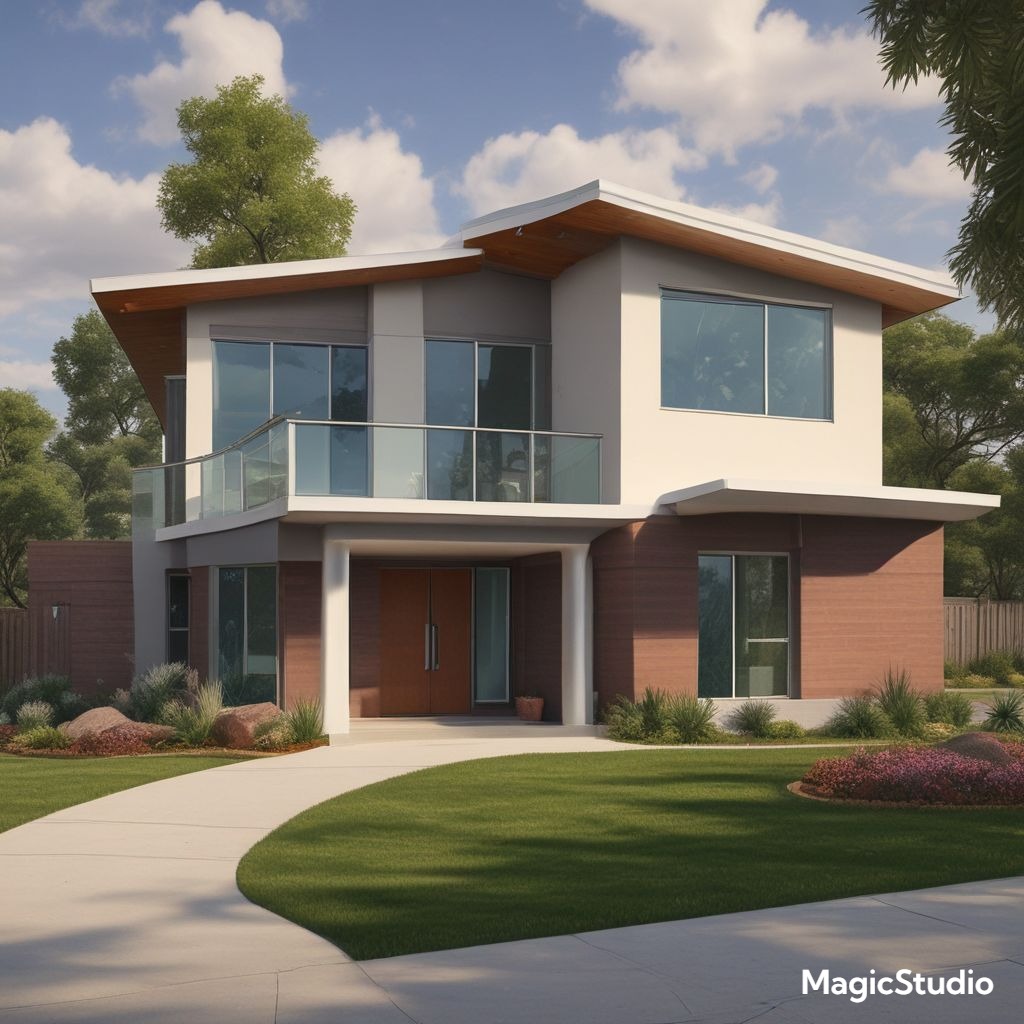
The Beauty of Imperfection: Wabi-Sabi Influences
Wabi-Sabi, a Japanese aesthetic that celebrates imperfection, is finding its way into modern minimalist design. This philosophy embraces the beauty of natural materials, rustic textures, and the passage of time. Incorporating elements like distressed wood, vintage furniture, and handcrafted items adds a touch of imperfection and authenticity. In both the US and EU, Wabi-Sabi influences are seen in the use of reclaimed materials, handcrafted furniture, and natural imperfections in finishes.
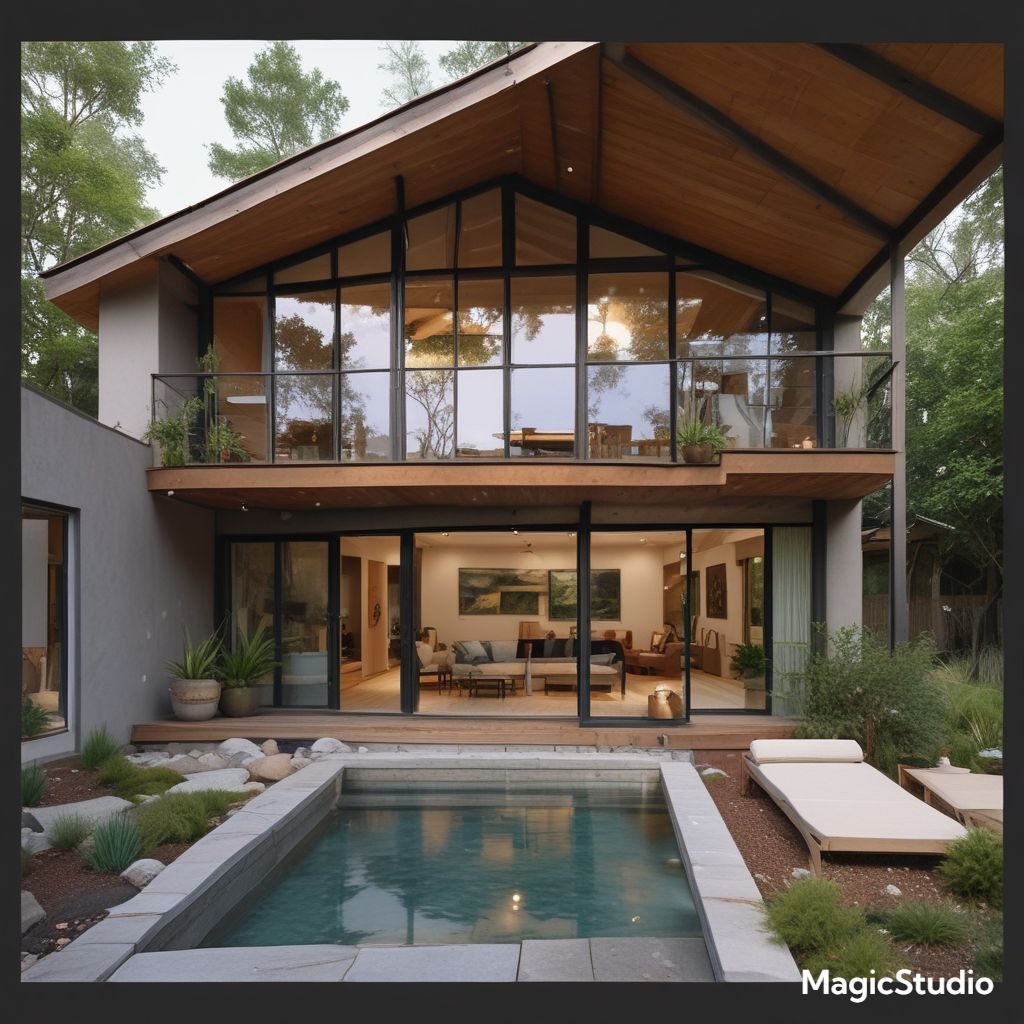
The Power of Plants: Bringing Nature Indoors
Indoor plants are a natural fit for minimalist design. They bring life and vibrancy to the space, creating a connection to nature. Choose plants with clean lines and minimal foliage, such as succulents, cacti, or snake plants. These plants require minimal maintenance and add a touch of greenery to the space. In both the US and EU, the trend towards indoor plants reflects a growing appreciation for biophilic design, which aims to integrate nature into the built environment.
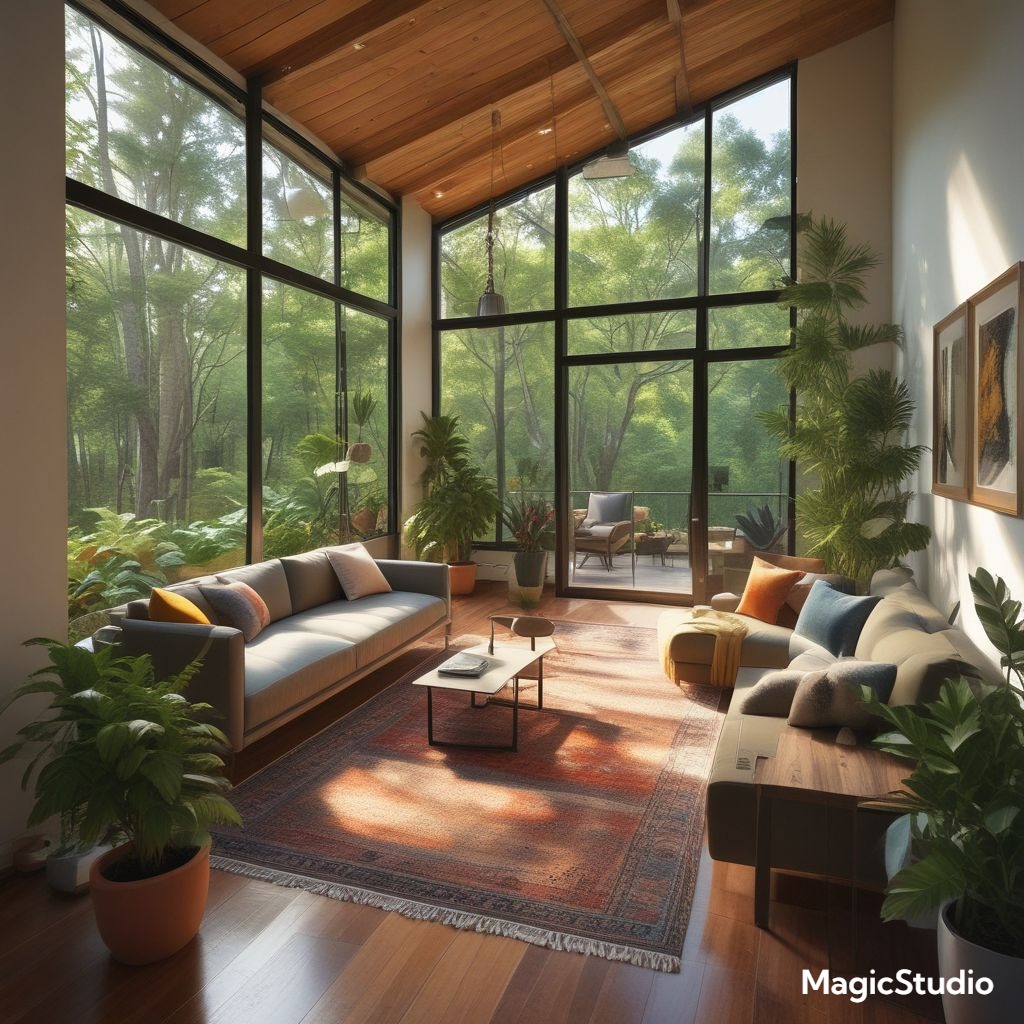
The Art of Minimalism: Statement Pieces and Curated Collections
Minimalist design doesn’t mean you have to forgo art and decor. Instead, focus on statement pieces that make a bold statement. A striking piece of sculpture, a curated collection of art prints, or a few carefully selected throw pillows can add personality and visual interest to the space. In both the US and EU, the emphasis is on curating a collection of meaningful items that reflect the homeowner’s individual style.
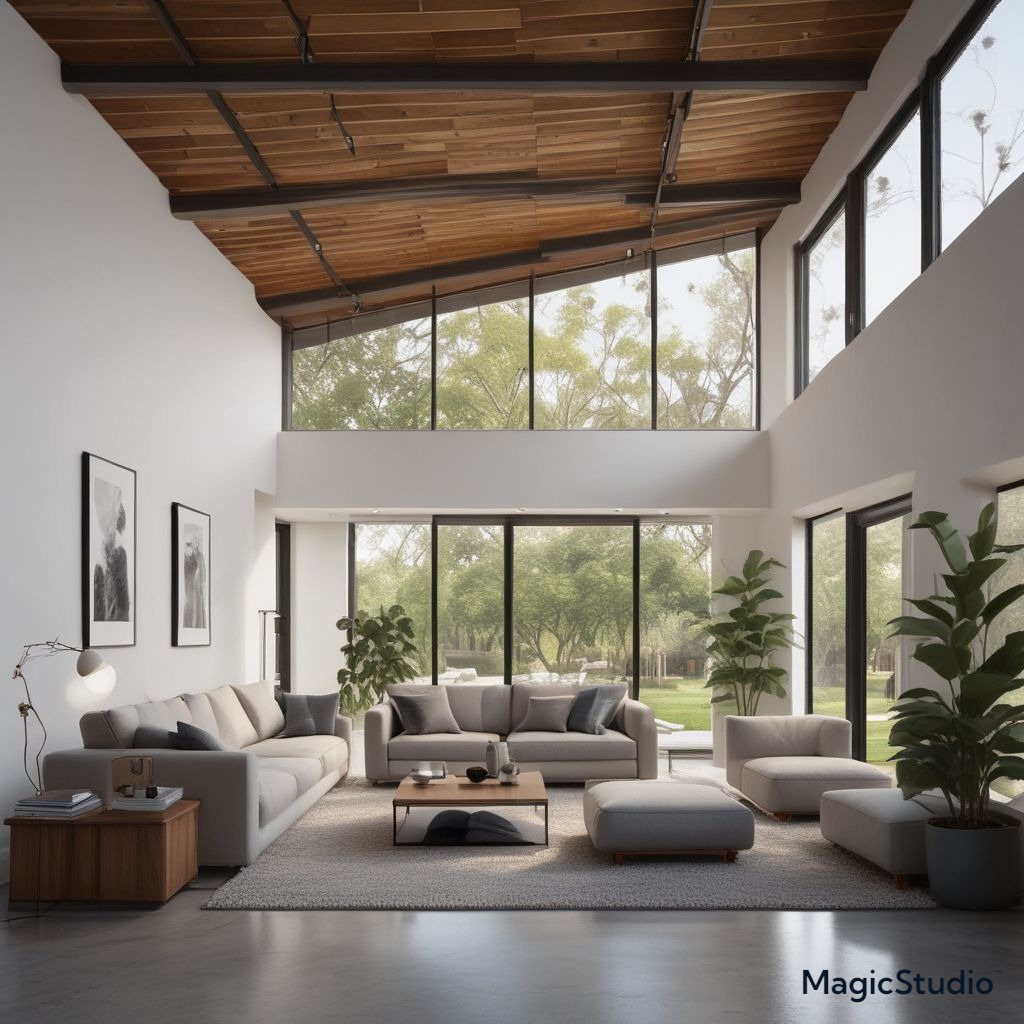
Smart Home Integration: Technology Meets Minimalism
Technology is increasingly integrated into our homes, and minimalist design is no exception. Smart home systems can help automate tasks, control lighting, and even adjust the temperature, creating a more efficient and comfortable living experience. Choose devices with sleek designs that complement the minimalist aesthetic. In both the US and EU, smart home technology is becoming more mainstream, with increasing focus on user-friendly interfaces and seamless integration.
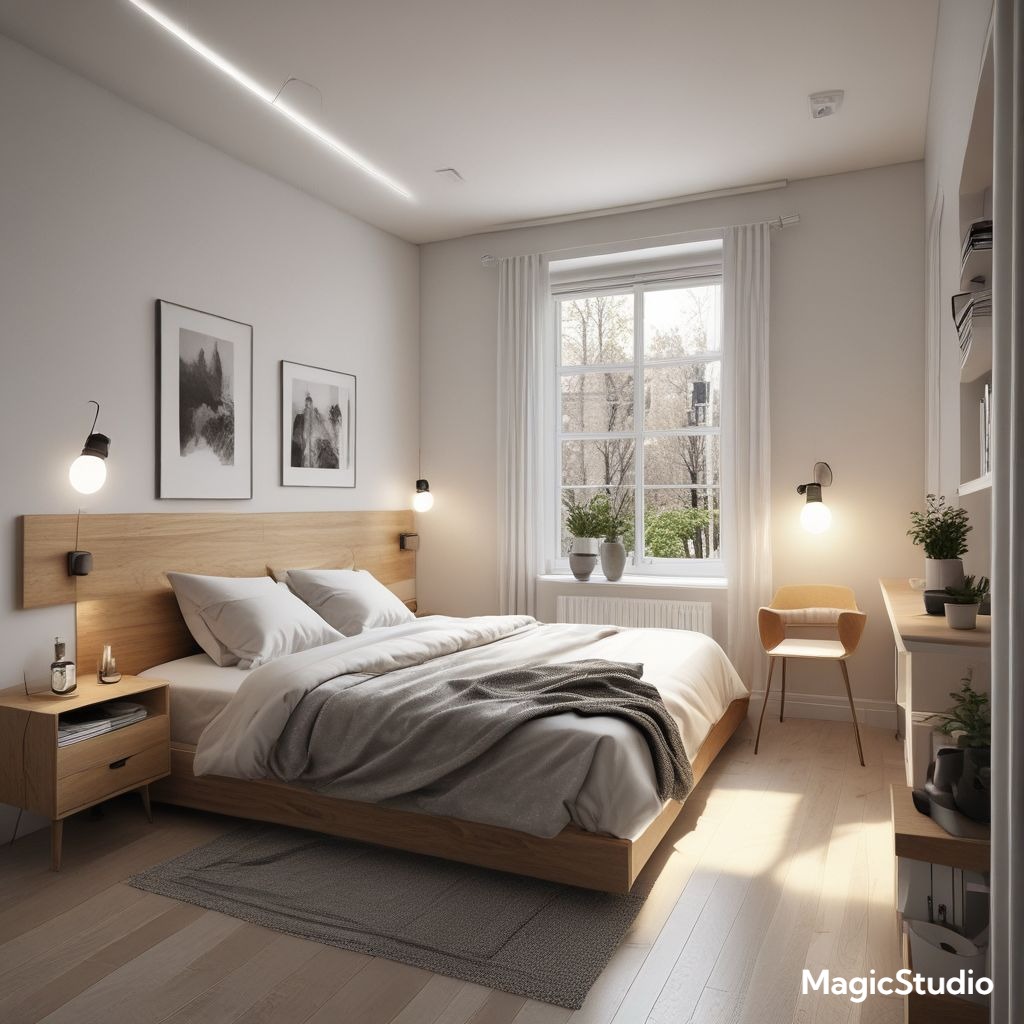
The Flexibility of Multifunctional Furniture
Maximizing space is a key consideration in minimalist design, and multifunctional furniture plays a crucial role. Folding chairs, convertible sofas, and ottomans that double as storage solutions are all great options for maximizing space and functionality. In both the US and EU, the trend towards smaller living spaces is driving demand for furniture that serves multiple purposes.
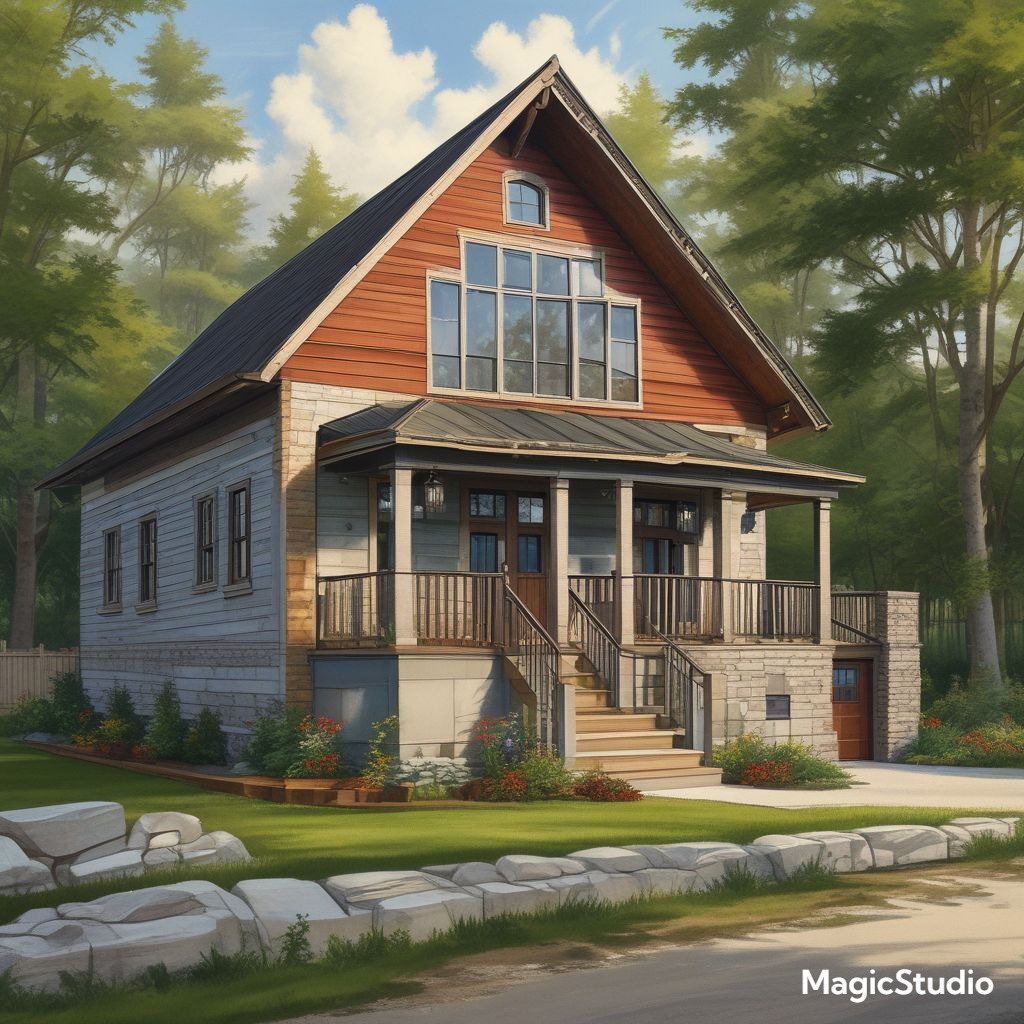
Open Storage Solutions: Embracing Functionality
Minimalist design emphasizes simplicity and organization, and open storage solutions are a great way to achieve both. Shelves, display cabinets, and baskets provide ample storage space while also showcasing decorative items. In the US, open storage solutions are often used in kitchens and living rooms. In the EU, the emphasis is often on creating a sense of order and harmony with open shelving systems.
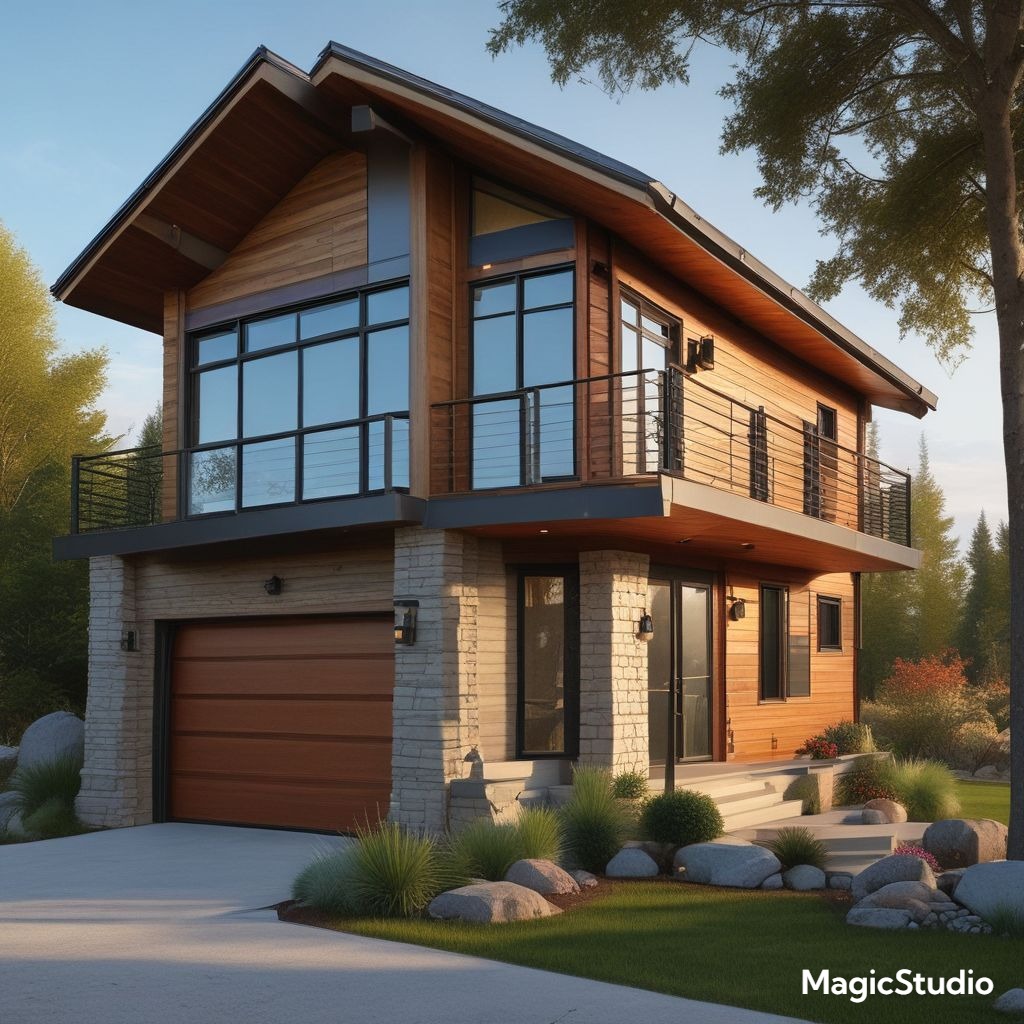
Mirrors: Expanding the Space
Mirrors are a powerful tool for creating the illusion of space. Strategically placed mirrors can reflect light, making the space feel larger and brighter. In both the US and EU, mirrors are often used to enhance the sense of openness in small spaces.
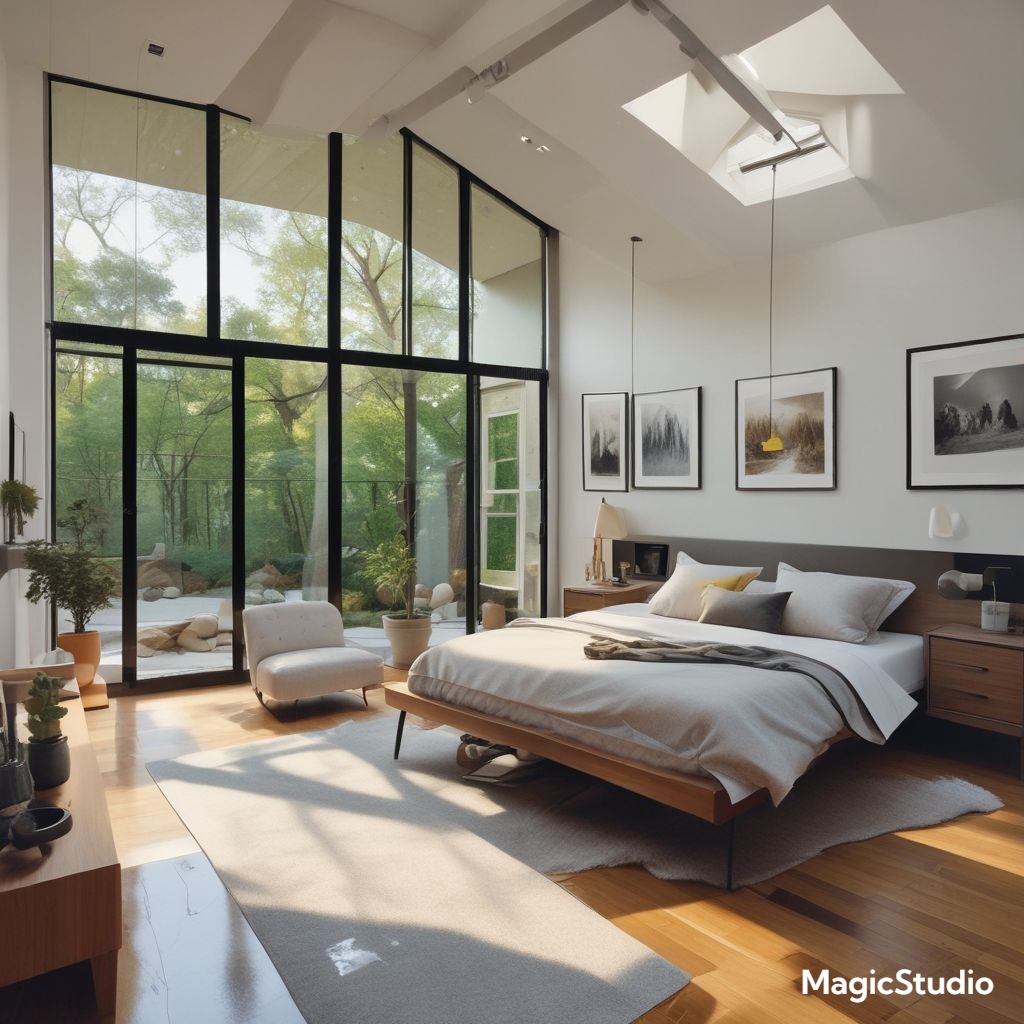
The Power of Color: Subtle Hues and Accents
Minimalism is often associated with neutral palettes, but color can play a role in creating a dynamic and inviting space. Subtle shades of blue, green, or beige can add warmth and depth, while pops of color in the form of artwork, textiles, or accessories can inject personality. In both the US and EU, the trend towards subtle color palettes is driven by a desire for a calm and serene atmosphere.
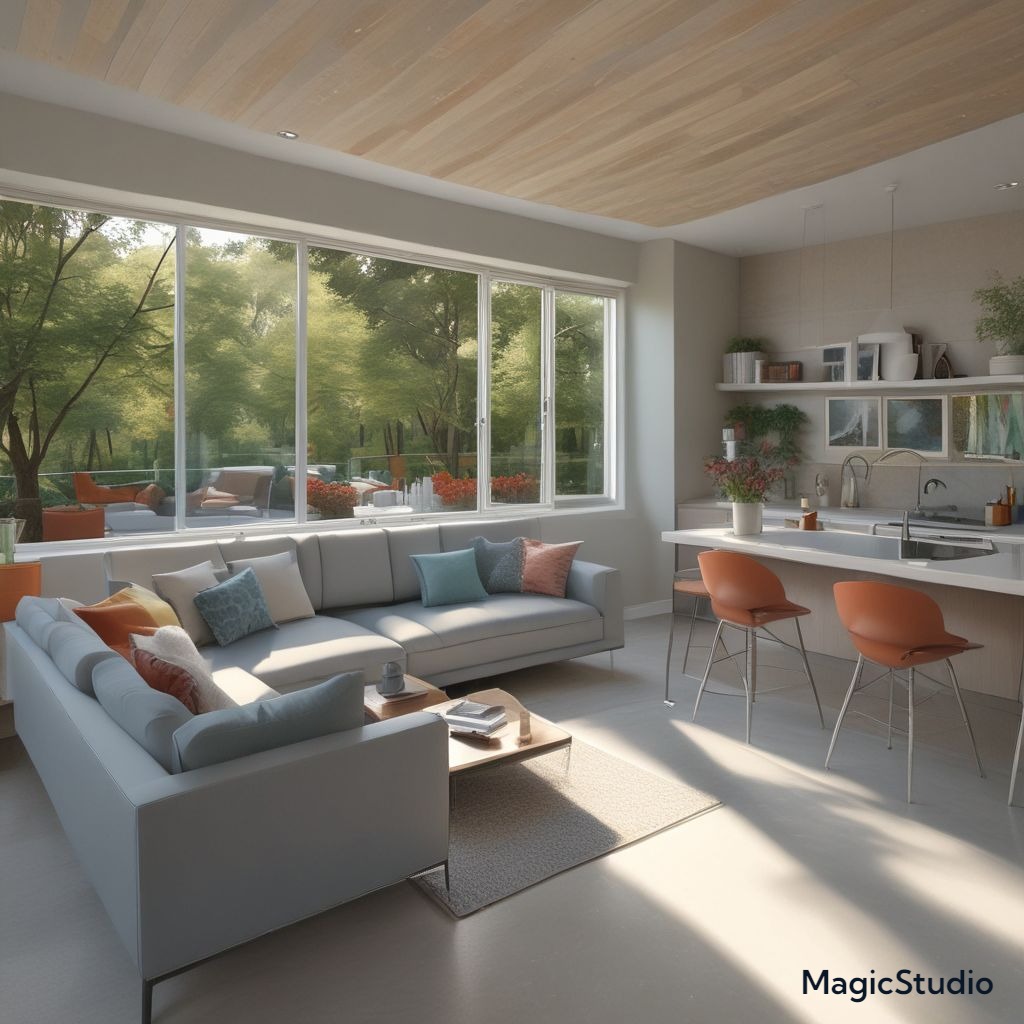
The Importance of Comfort: Soft Textures and Luxurious Fabrics
Minimalist design doesn’t mean sacrificing comfort. Incorporate soft textures and luxurious fabrics to add a touch of warmth and indulgence. Think plush rugs, velvet upholstery, and linen curtains. In both the US and EU, the emphasis is on creating a comfortable and inviting space that feels both stylish and practical.
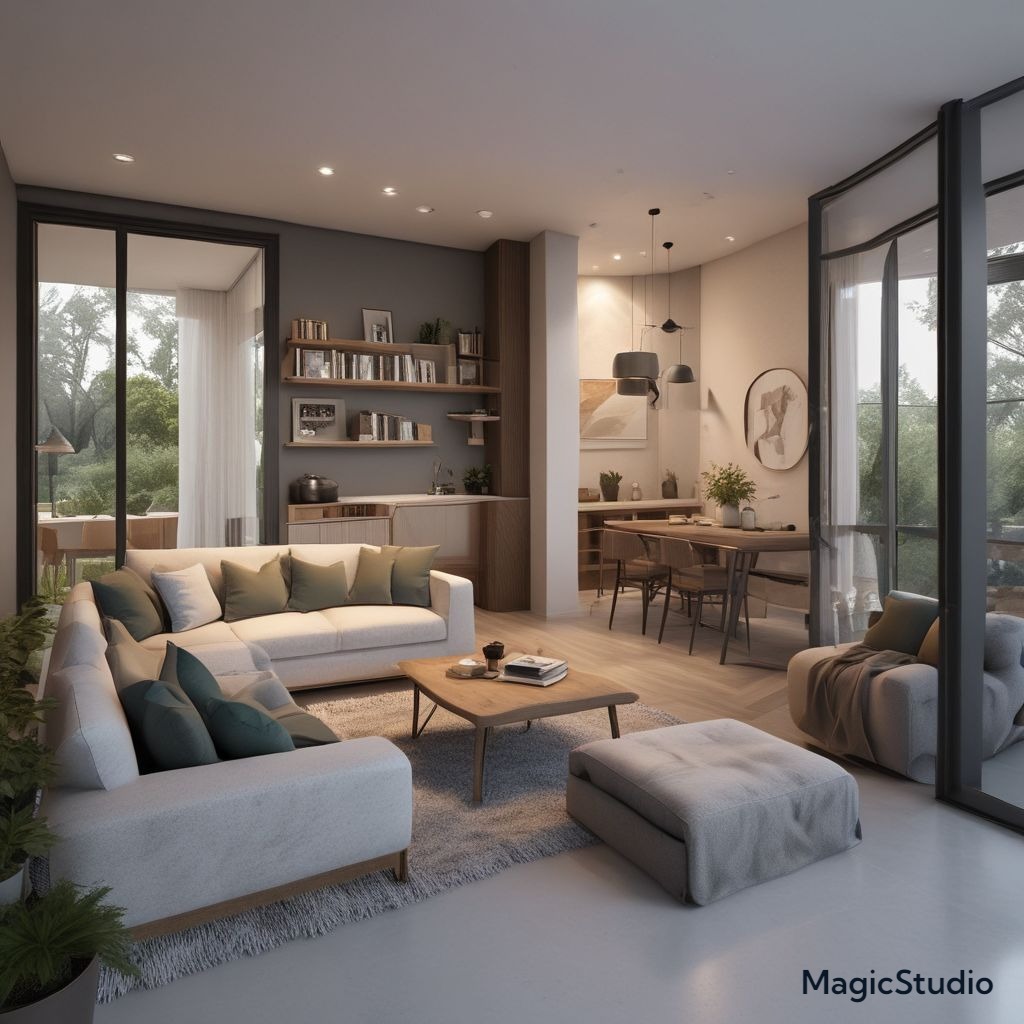
The Art of Simplicity: Creating a Minimalist Bathroom
The bathroom is another area where minimalist design principles can be applied. Choose sleek fixtures, clean lines, and a neutral color palette. A large mirror can enhance the sense of space, while a few carefully selected accessories can add a touch of personality. In both the US and EU, minimalist bathrooms often feature walk-in showers, freestanding tubs, and integrated vanities.
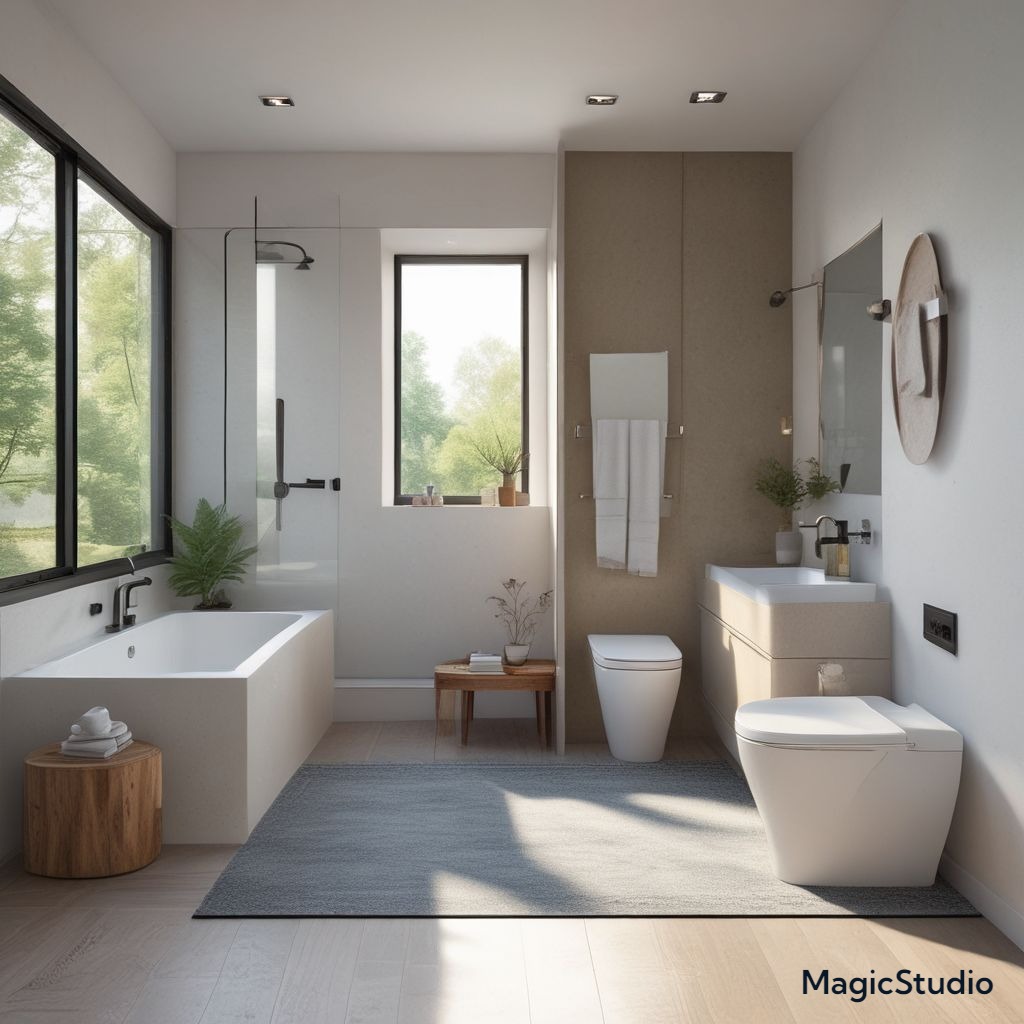
The Power of Negative Space: Creating Breathing Room
Negative space, or the empty space around objects, is just as important as the objects themselves in minimalist design. Leaving ample space between furniture, artwork, and other elements creates a sense of breathing room and visual balance. In both the US and EU, the use of negative space is a defining characteristic of minimalist design.
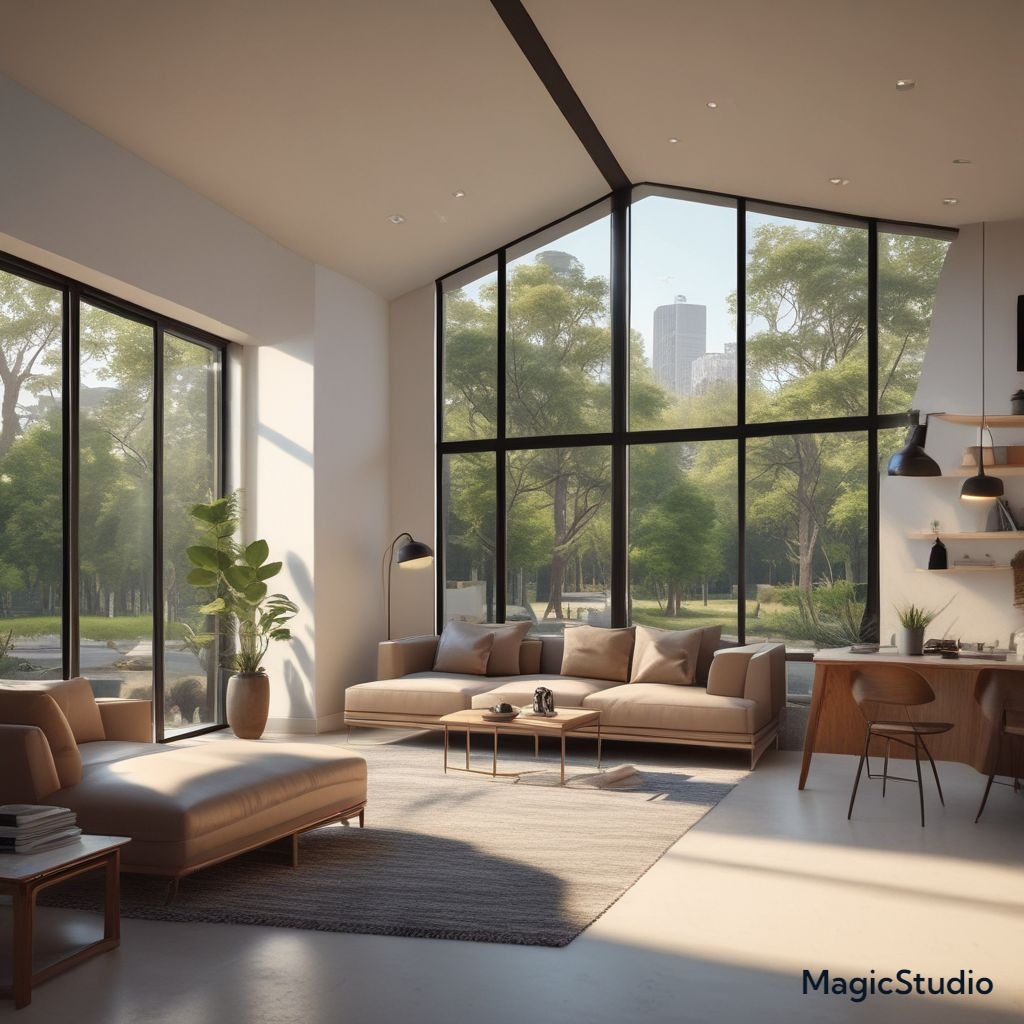
Sustainable Choices: Eco-Friendly Materials and Practices
Minimalist design is often synonymous with sustainability. Choose eco-friendly materials like reclaimed wood, bamboo, and natural stone. Incorporate energy-efficient appliances and lighting solutions. In both the US and EU, the trend towards sustainable living is influencing design choices, with a focus on reducing waste and minimizing environmental impact.
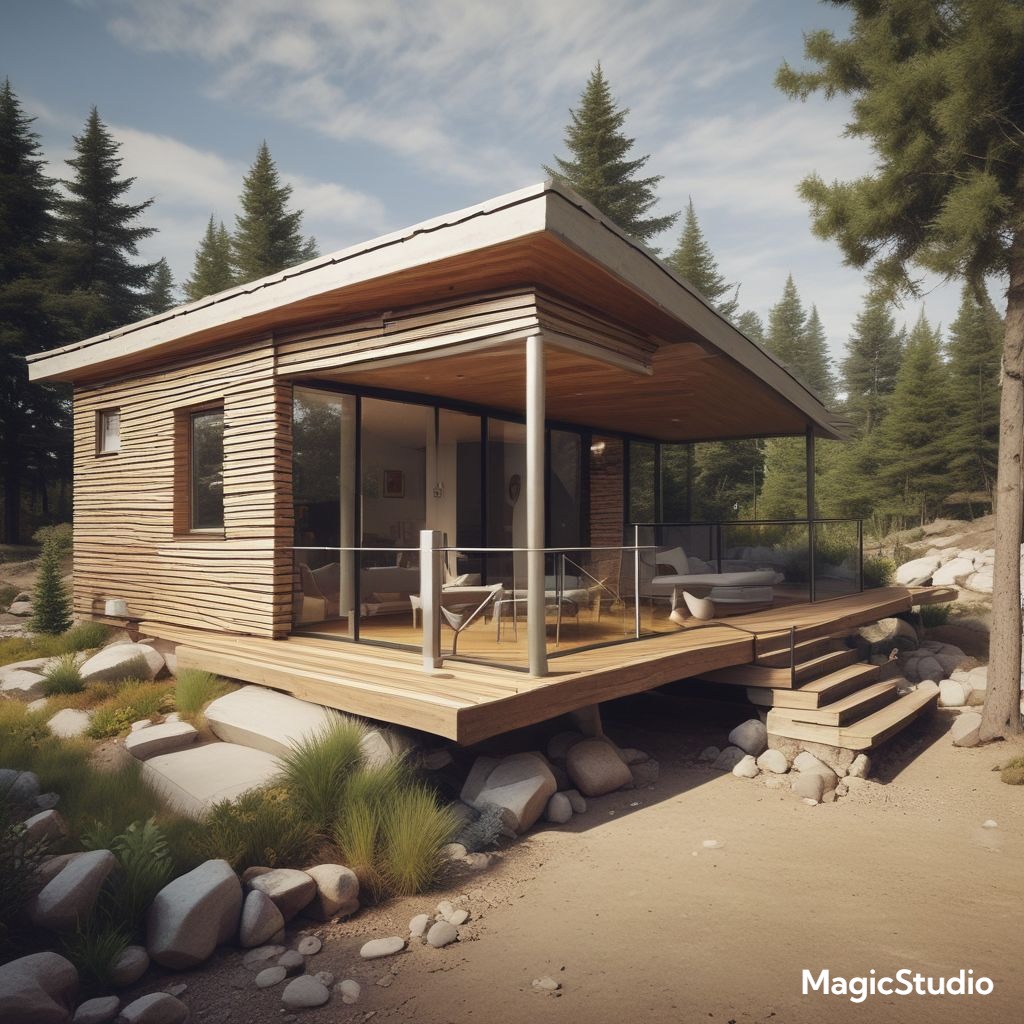
The Art of Layering: Creating Depth and Texture
While minimalism embraces simplicity, it doesn’t have to be flat and monotonous. Layer different textures and patterns to create visual interest and depth. Incorporate a plush rug on top of a wooden floor, hang a woven tapestry on a white wall, or use a variety of textures in your bedding. In both the US and EU, the emphasis is on creating a layered and tactile experience.
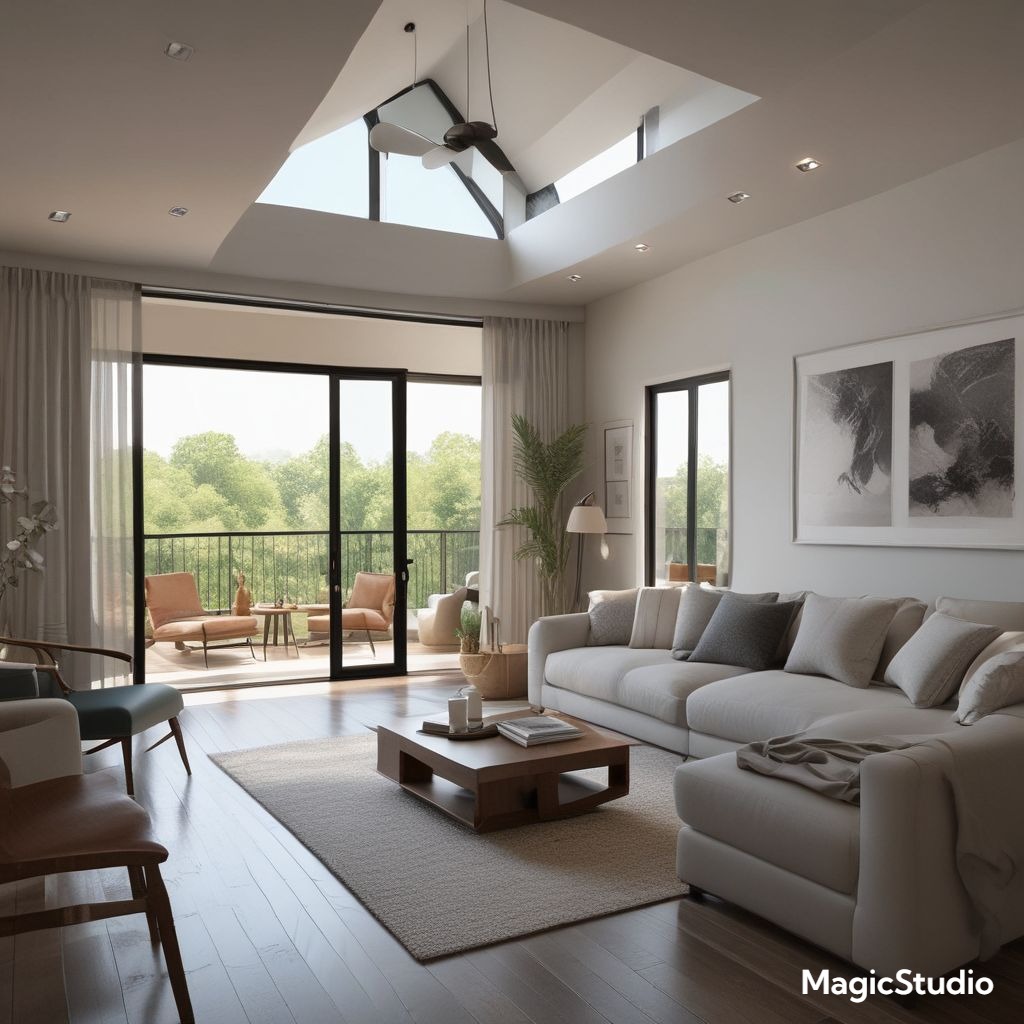
The Importance of Functionality: Adaptable Spaces
Minimalist design is about creating functional and adaptable spaces. Think about how each room will be used and design it accordingly. Incorporate flexible furniture arrangements, create dedicated workspaces, and prioritize storage solutions that keep clutter at bay. In both the US and EU, the trend towards multi-generational living and remote work is driving demand for adaptable and functional spaces.
